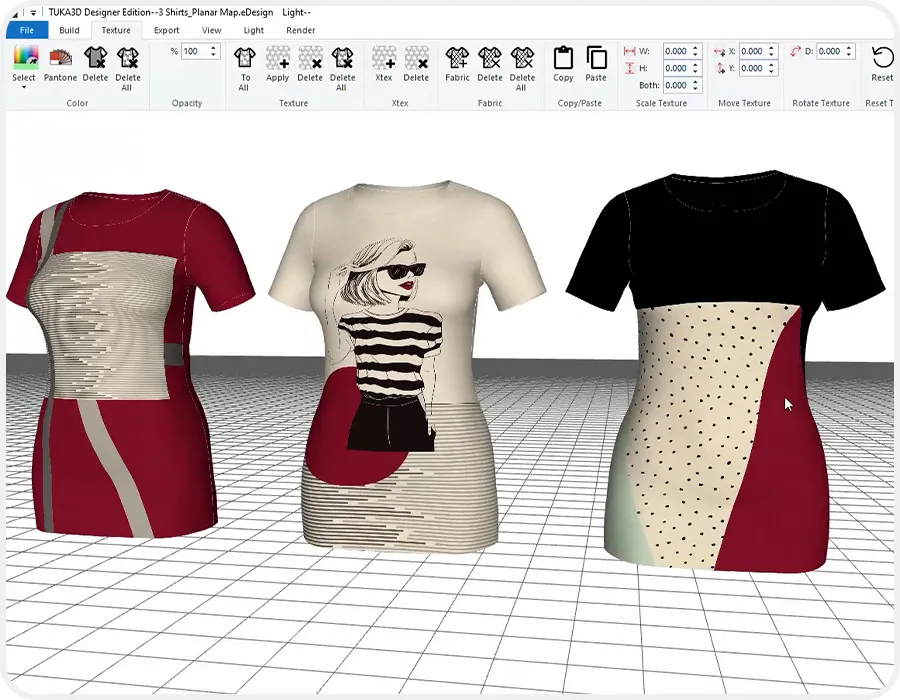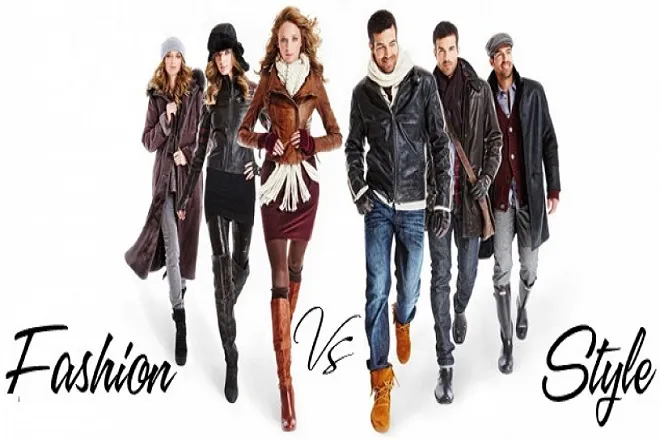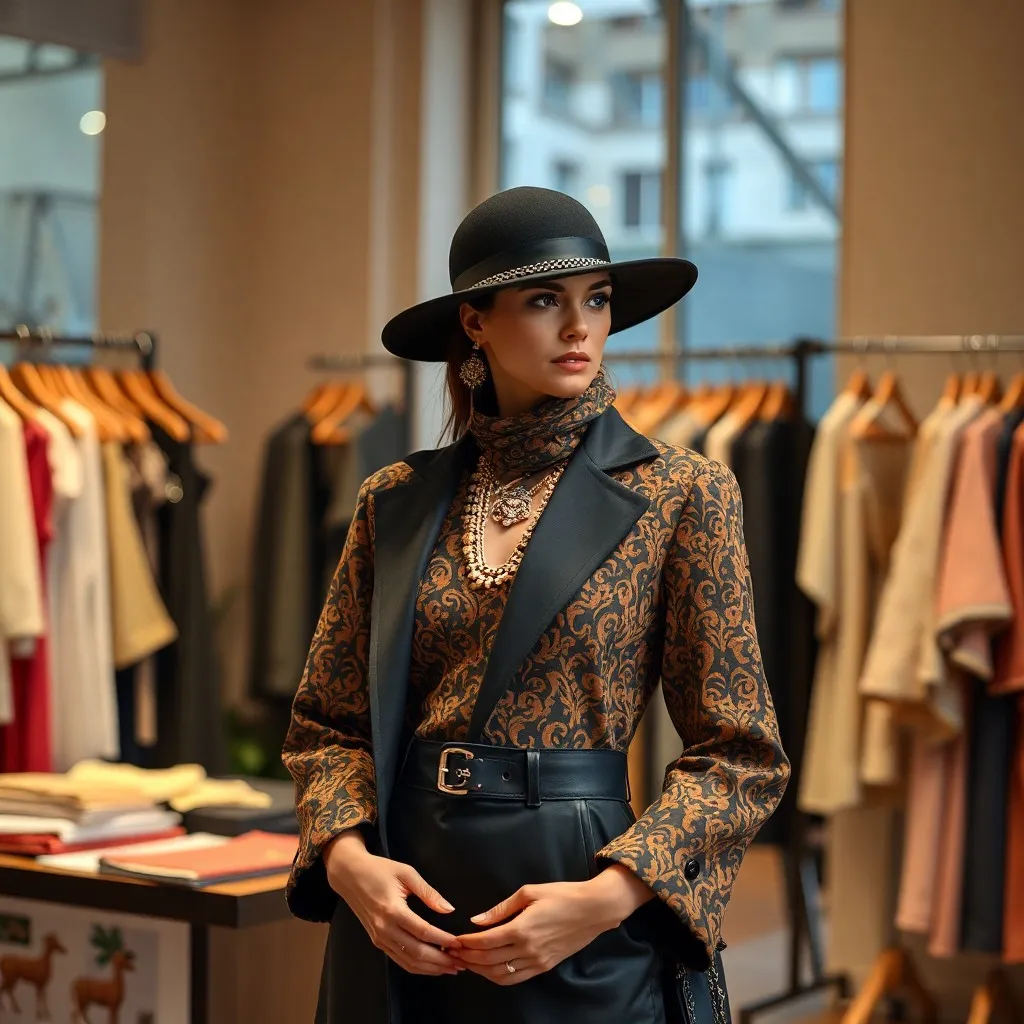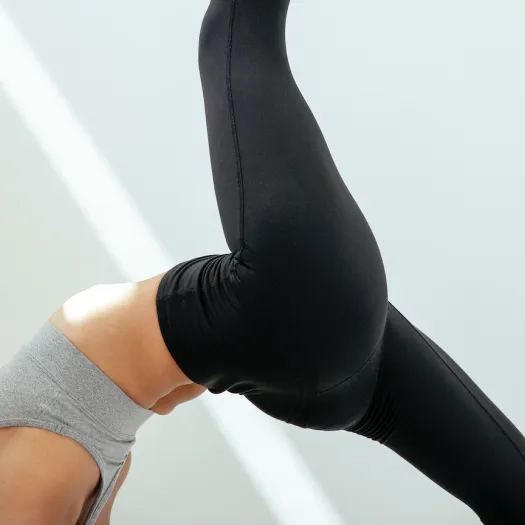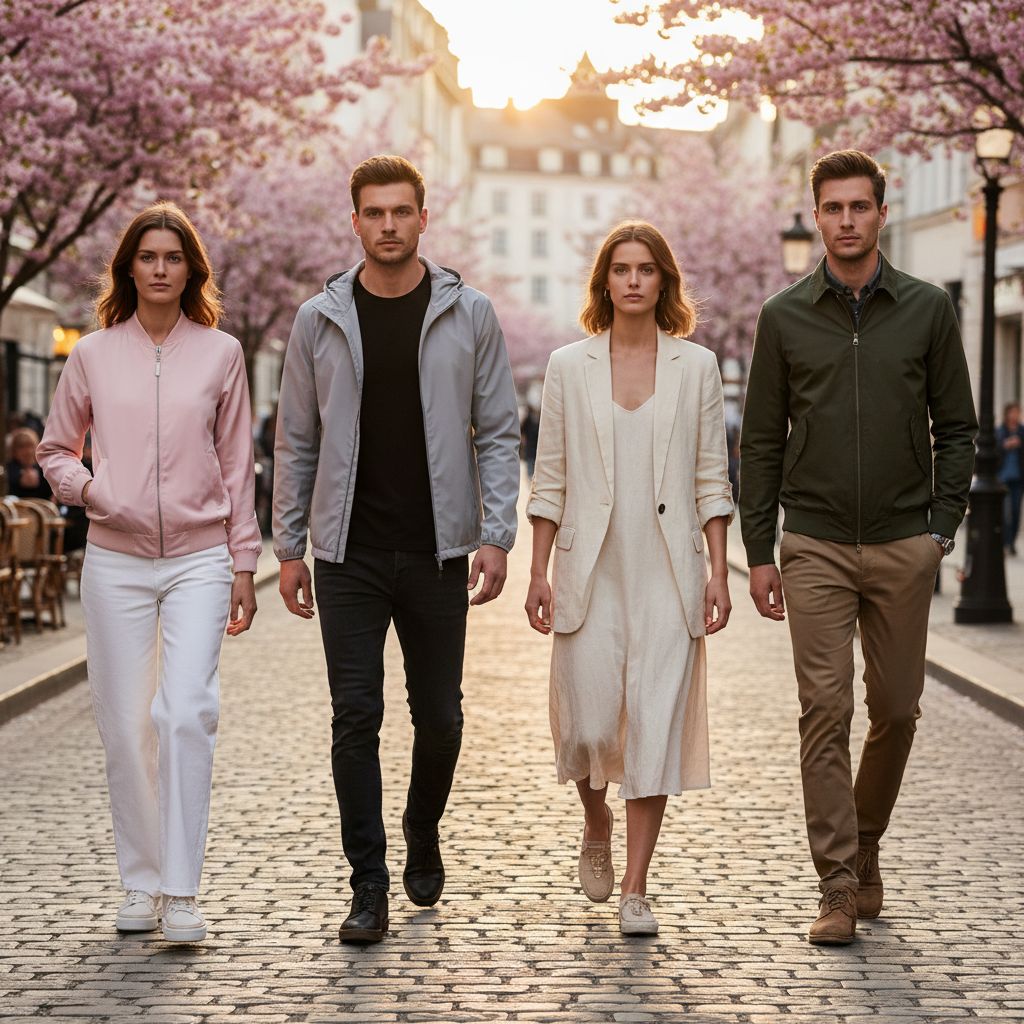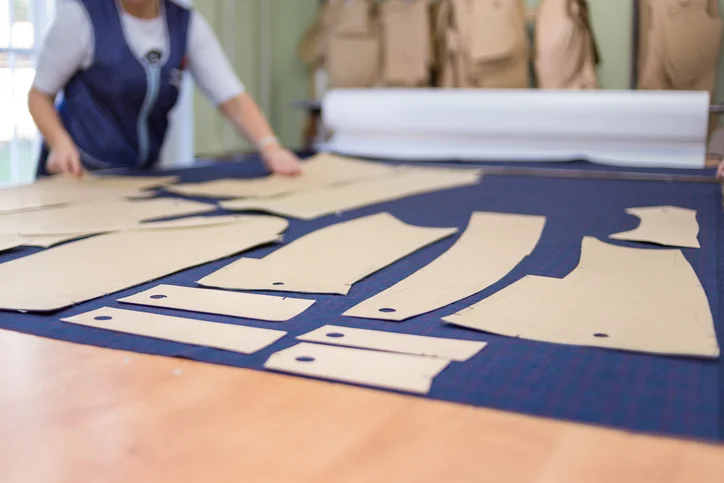
The fashion industry is built on creativity, function, and constant innovation. Behind every piece of clothing is a team of designers each with a specific focus, skill set, and purpose. At Mekong Garment, we collaborate with a variety of designers to create clothing that fits well, looks stylish, and meets the needs of modern consumers. Let’s explore the main types of fashion designers, what they do, and how they contribute to the overall garment development process.
Haute Couture Designers: Crafting exclusive, high-end fashion
These designers create one-of-a-kind, custom-made garments for private clients. Every piece is handmade with incredible attention to detail, using luxurious fabrics and often requiring several fittings. This type of fashion is not mass-produced it’s about exclusivity and artistry.
- Who they serve: Celebrities, elite clients, or high-fashion collectors.
- Where they work: Couture fashion houses in cities like Paris, Milan, and New York.
- Why they matter: They push the boundaries of design and set trends that influence the entire industry.
=> Related Article: Effortless Elegance: A Fashionista’s Travel Companion

Ready-to-Wear (RTW) Designers: Bringing style to everyday wardrobes
RTW designers create seasonal collections that are produced in standard sizes and sold in retail stores. These clothes are fashionable but more practical than haute couture. The focus is on wearable, stylish garments that suit a wider audience while maintaining design integrity.
- Who they serve: Fashion-conscious consumers.
- Where they work: Brands like Zara, Calvin Klein, or independent RTW labels.
- Why they matter: They balance trend and comfort to make fashion more accessible.
=> Related Article: Fashion Style Classifications & Trend Insights – Mekong Garment Explains

Mass-Market Designers: Designing for everyone, everywhere
Mass-market designers work with large-scale clothing brands that produce affordable garments for everyday wear. These designs are often simple, cost-effective, and cater to current fashion trends.
- Who they serve: The general public (think supermarkets, chain stores).
- Where they work: Big fashion retailers and manufacturers.
- Why they matter: They ensure millions of people have access to stylish, affordable clothes.
=> Related Article: Fashion vs. Style: What’s the Real Difference?

Apparel (Trend) Designers: Turning fashion trends into finished garments
These designers closely follow fashion forecasts and consumer preferences. They choose fabrics, create sketches, and oversee samples. Their work is often guided by market demands and what’s trending globally.
- Who they serve: Brands targeting trend-aware customers.
- Where they work: Clothing companies, fashion brands, or as freelancers.
- Why they matter: They ensure collections stay fresh, fashionable, and desirable.
=> Related Article: Skills Needed To Be A Successful Fashion Designer
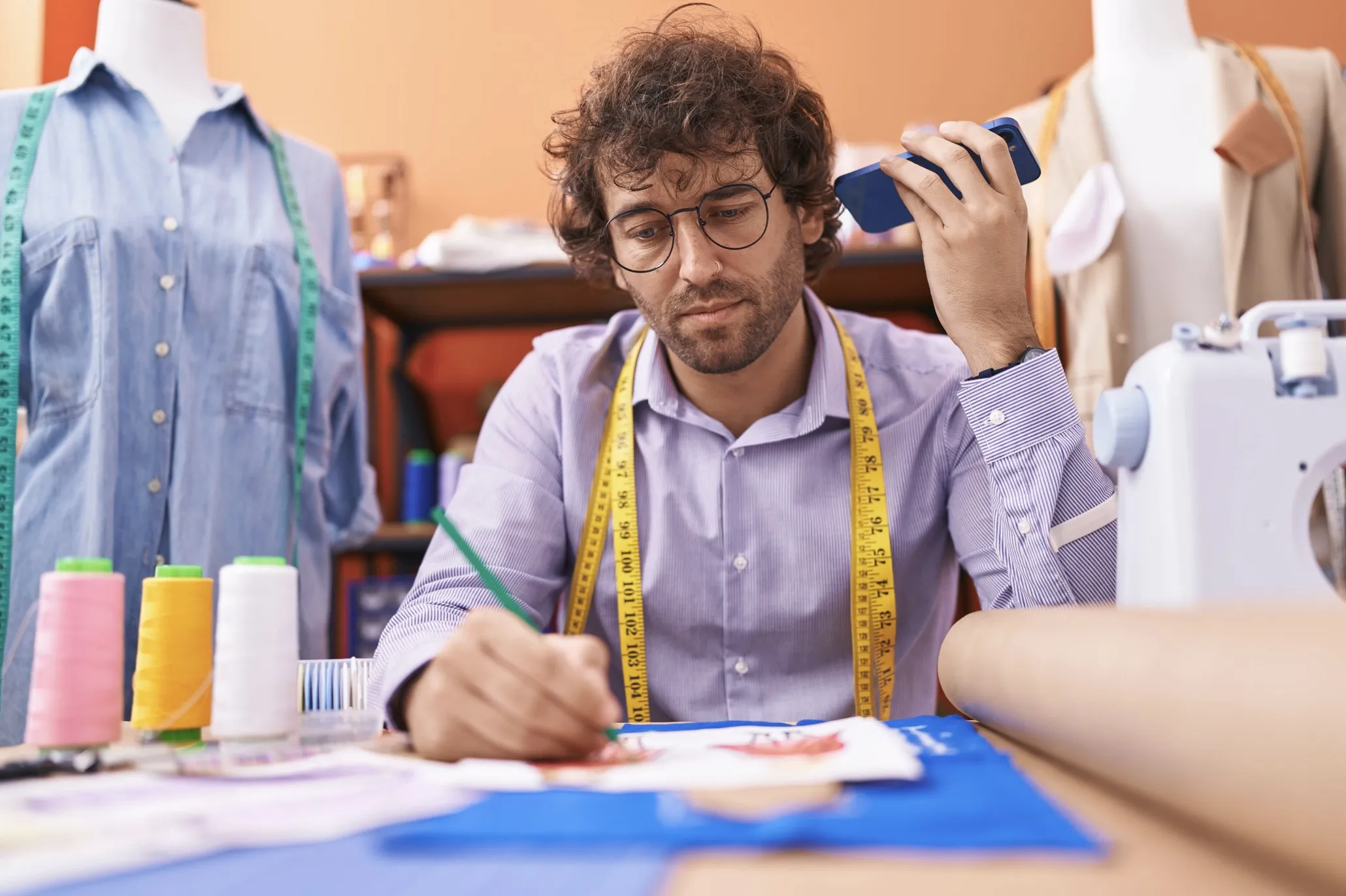
Footwear Designers: Where style meets function one step at a time
Footwear designers specialize in shoes, blending aesthetics with engineering. They consider support, material, shape, and even biomechanics to create shoes that are both stylish and comfortable.
- Who they serve: From athletes to high-heel lovers
- Where they work: Shoe brands, sportswear companies, or fashion houses
- Why they matter: The right shoes complete an outfit and keep us moving comfortably
=> Related Article: List of the Best Fashion Design Software: CLO, Sketch, CorelDraw, Adobe Illustrator, TUKAcad…
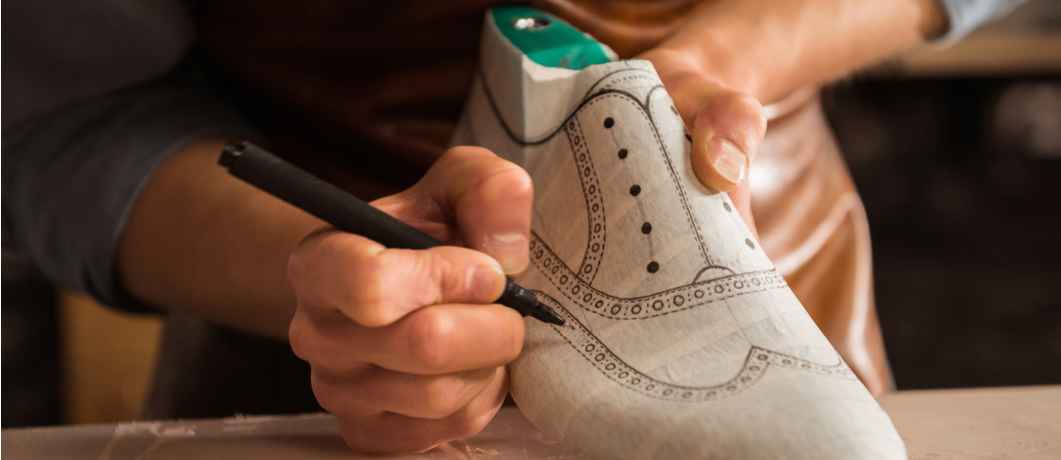
Kidswear Designer: Fun, safe, and easy-to-wear clothing for children
Designing clothes for children means focusing on comfort, durability, and safety. Kidswear designers choose soft fabrics, avoid sharp elements, and make sure the clothing is easy to put on and take off.
- Who they serve: Babies, toddlers, and children up to pre-teens
- Where they work: Kidswear brands or specialized divisions within larger companies
- Why they matter: Children grow fast clothing needs to be functional and age-appropriate
=> Related Article: Essential Fashion-Design Tools Every Beginner Should Have
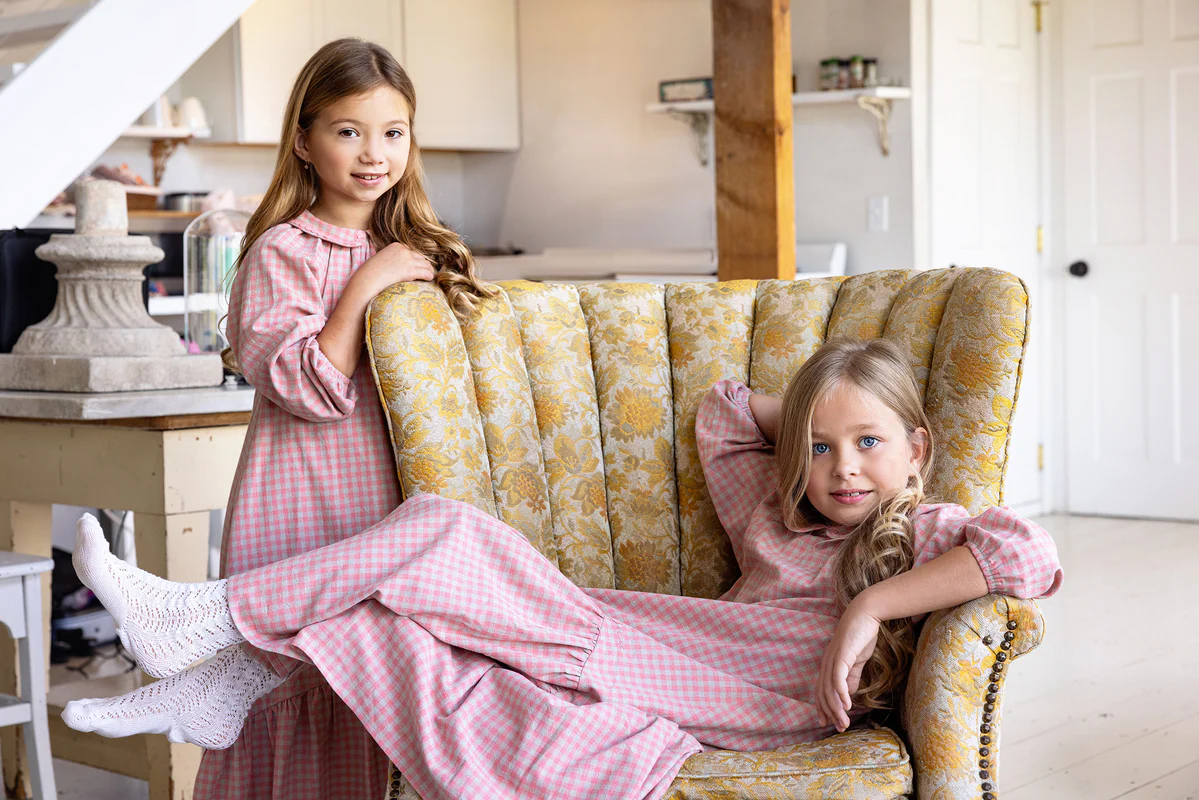
Technical Designers & Patternmakers: Turning ideas into physical garments
These professionals bridge the gap between design and production. They take sketches from fashion designers and develop technical specifications. Patternmakers create the blueprint of each garment, ensuring a proper fit and efficient assembly.
- Who they serve: Design and manufacturing teams
- Where they work: Garment factories, fashion houses, or with brands like Mekong Garment
- Why they matter: Without them, beautiful designs wouldn’t become wearable clothes
=> Related Article: Fashion Guide: Dressing Right for Your Body Type

Textile & Fabric Designers: Designing the textures and prints you wear
Textile designers create patterns, textures, and weaves for fabrics used in fashion. From floral prints to denim textures, they make sure the fabric aligns with the garment’s style and purpose.
- Who they serve: Apparel and home décor industries
- Where they work: Fabric mills, fashion houses, or freelance studios
- Why they matter: Fabric is the foundation of fashion and design gives it personality
=> Related Article: Inverted Triangle Body Shape? Here’s How to Dress with Confidence (
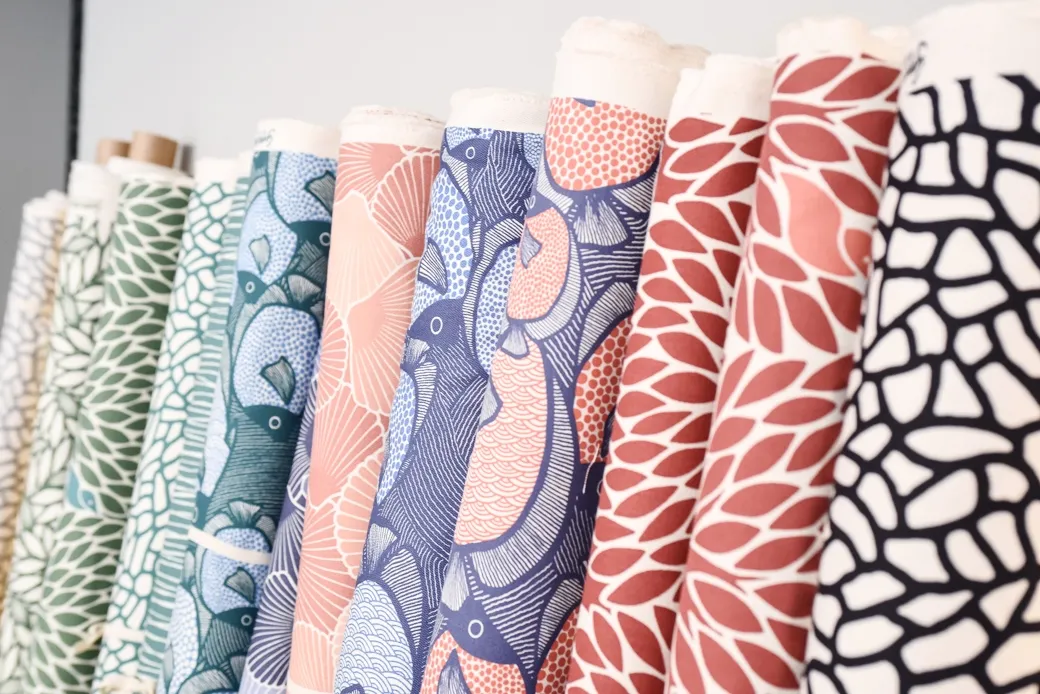
Adaptive Fashion Designers: Making clothing more inclusive
These designers create clothing for individuals with disabilities or mobility challenges. They consider features like magnetic buttons, seated comfort, and easy-open closures.
- Who they serve: Individuals with physical or sensory needs
- Where they work: Inclusive brands, healthcare fashion, or NGO collaborations
- Why they matter: Fashion should be accessible to all, not just some
=> Related Article: 10 Different Types of Designers in the Fashion Industry
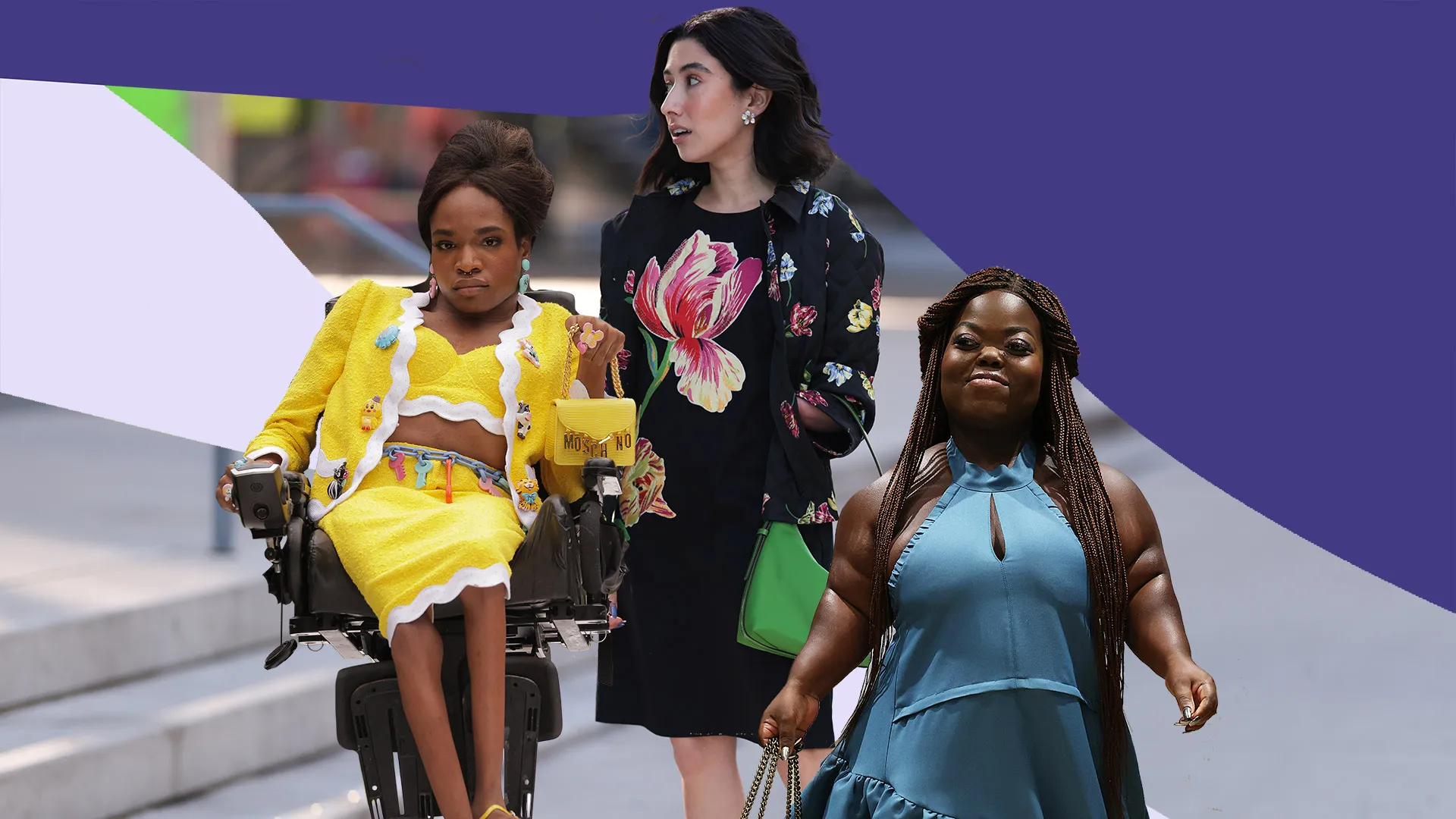
Digital Fashion Designers: Designing for the virtual world
These forward-thinking designers create virtual garments used in online games, avatars, or fashion metaverses. They work with 3D modeling software to design realistic, animated outfits that don’t exist physically.
- Who they serve: Gamers, influencers, brands exploring the metaverse
- Where they work: Tech-fashion startups, gaming platforms, virtual marketplaces
- Why they matter: They represent the future of sustainable, creative fashion
=> Related Article: How Colour Defines Your Style: A Mekong Garment Guide
